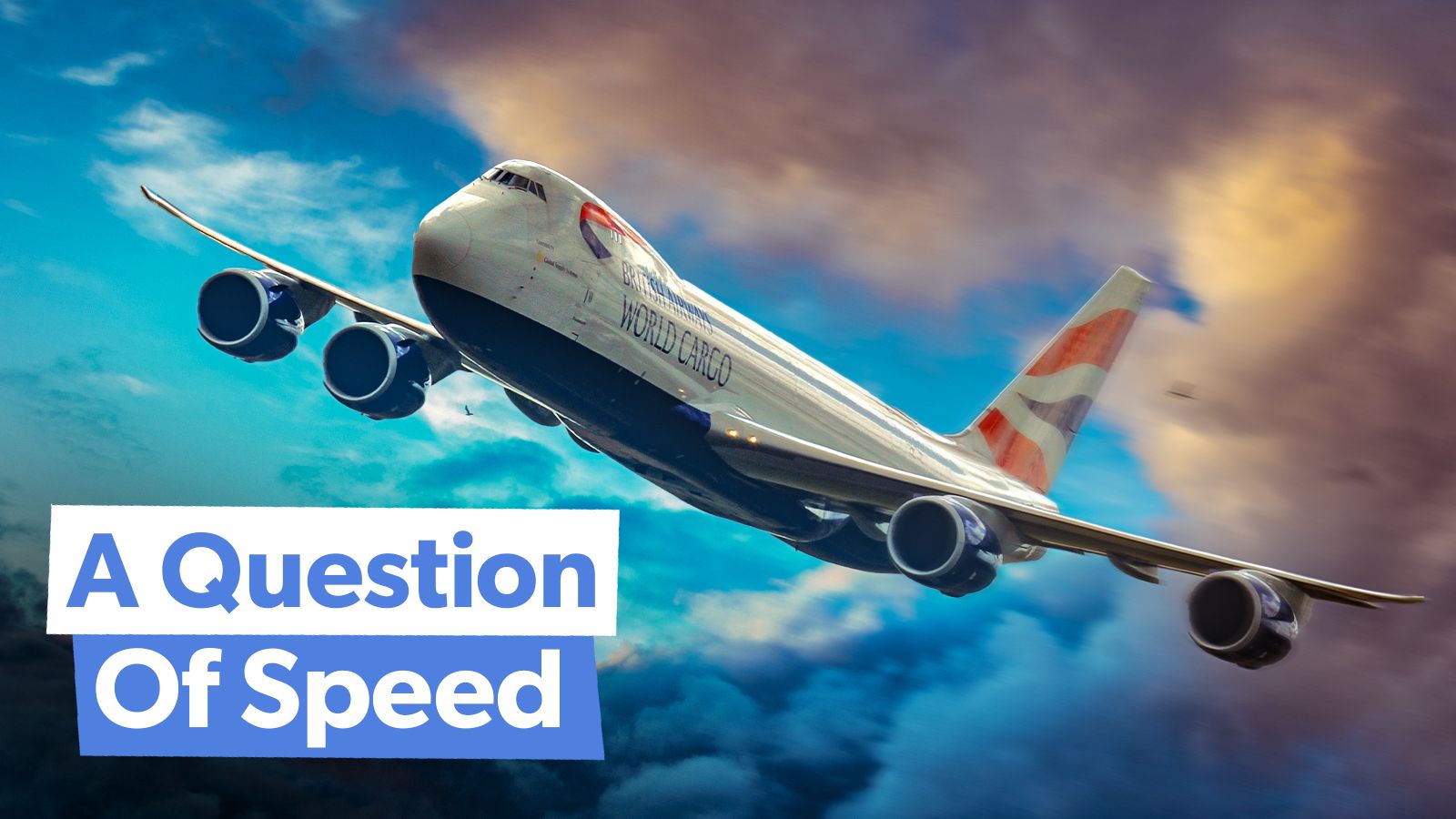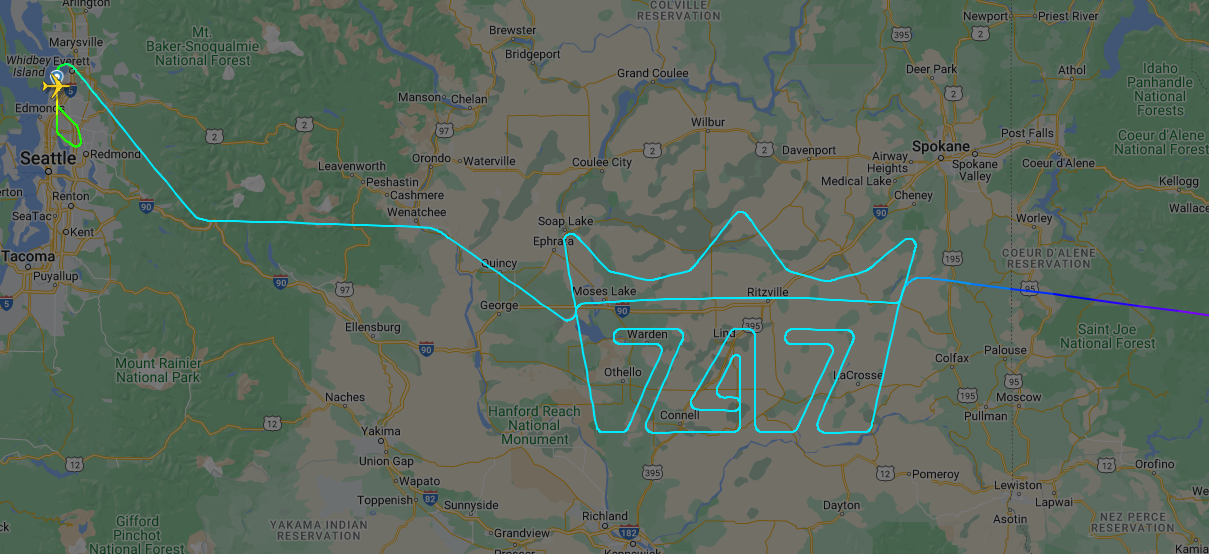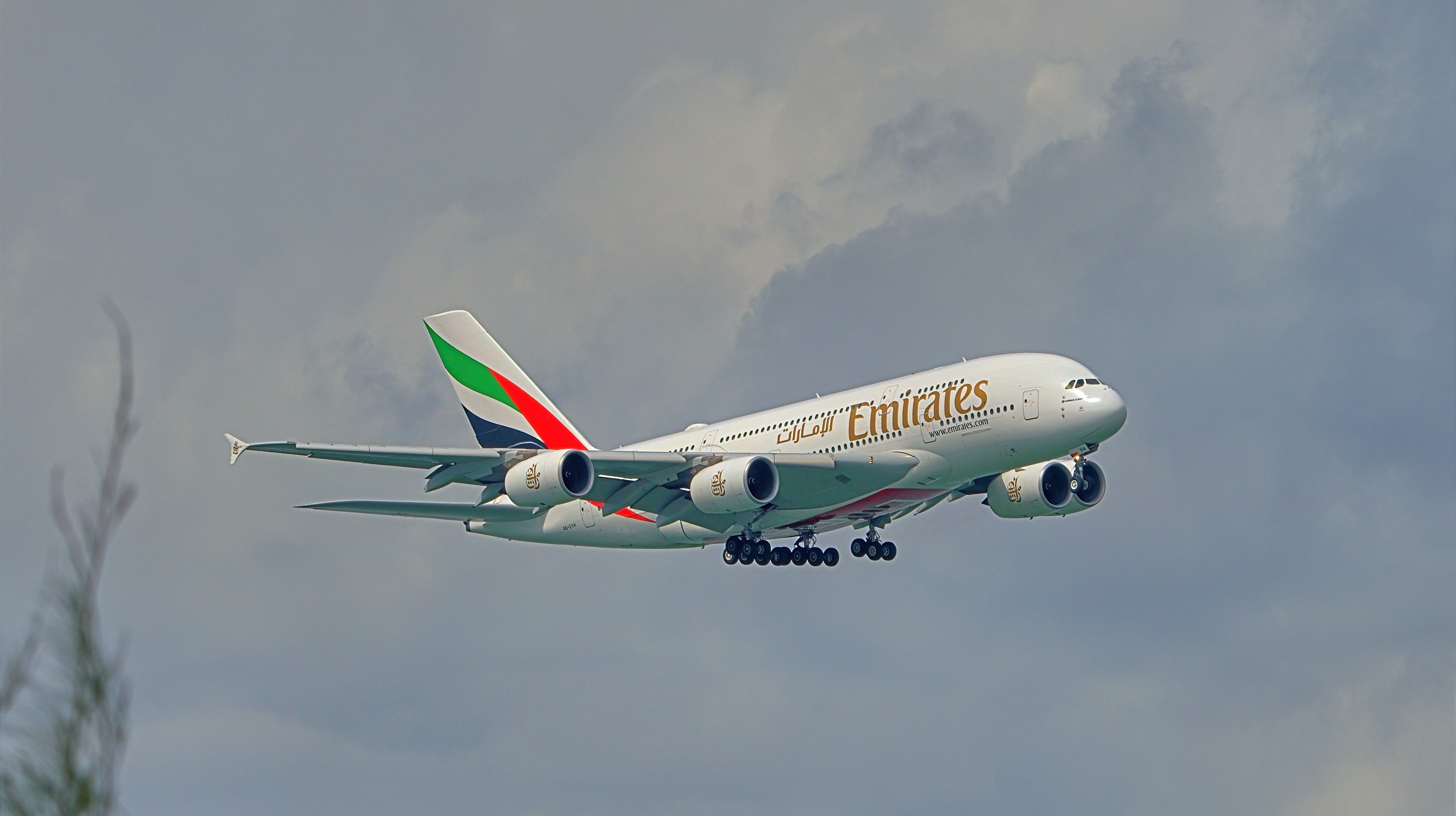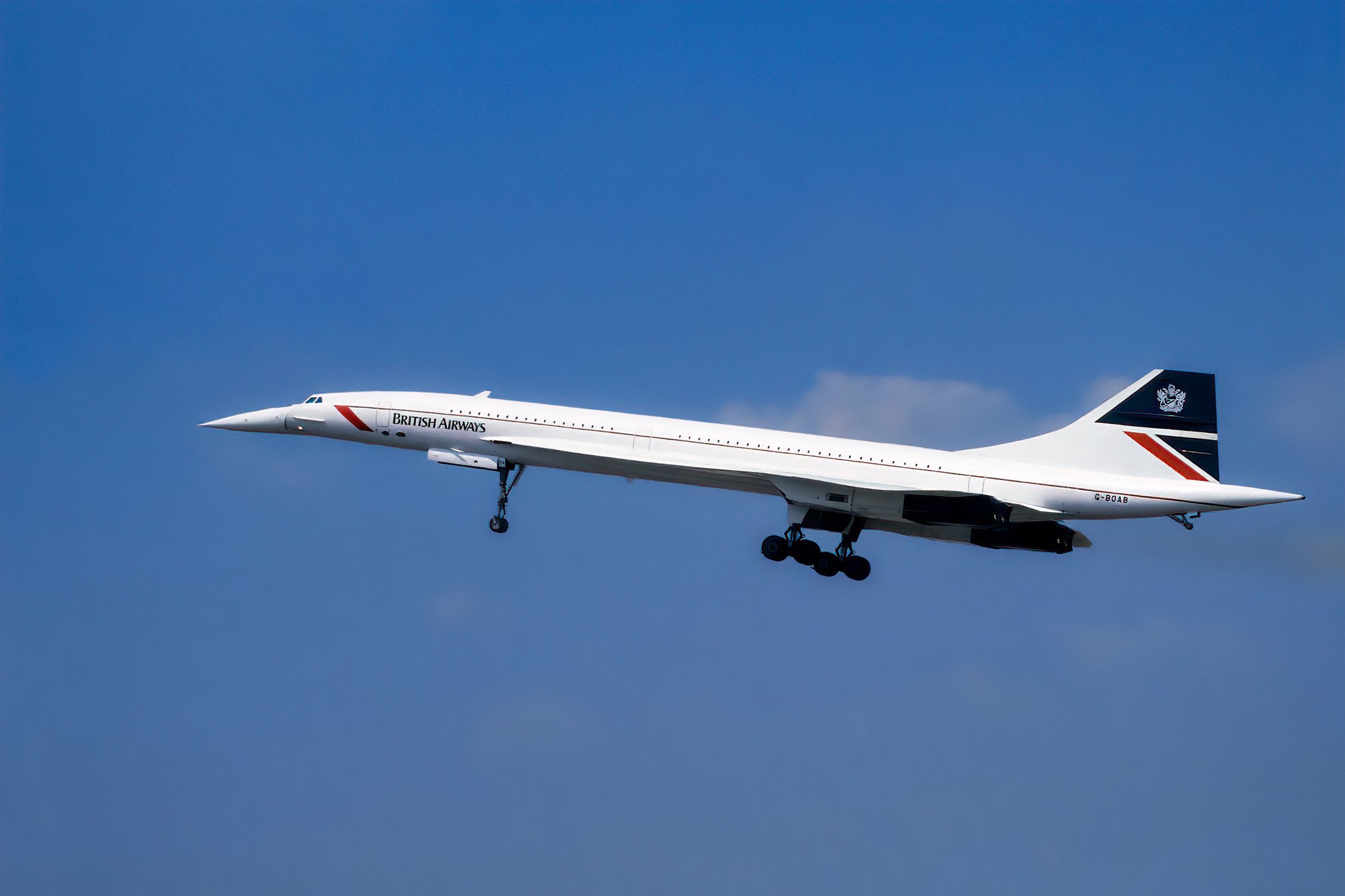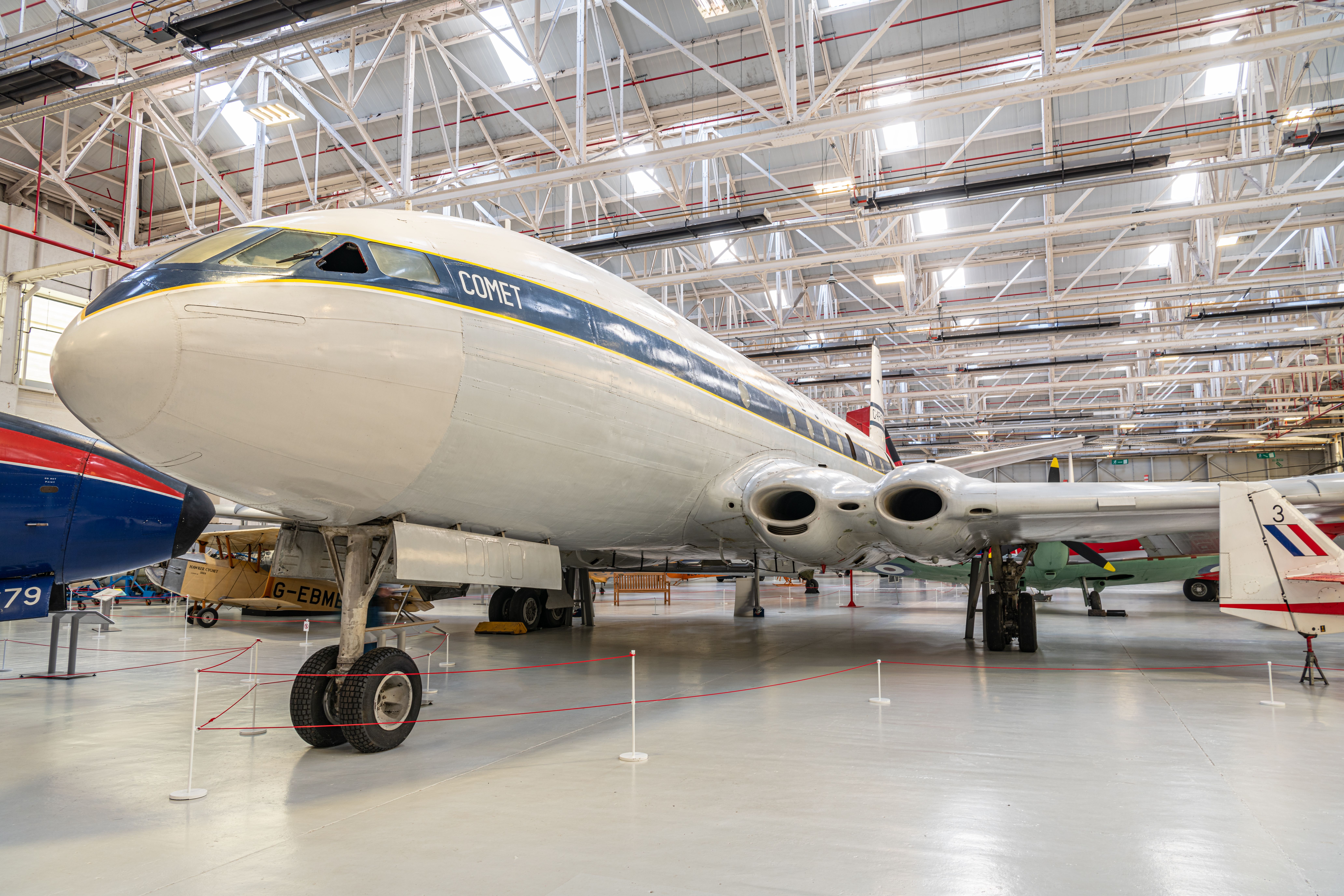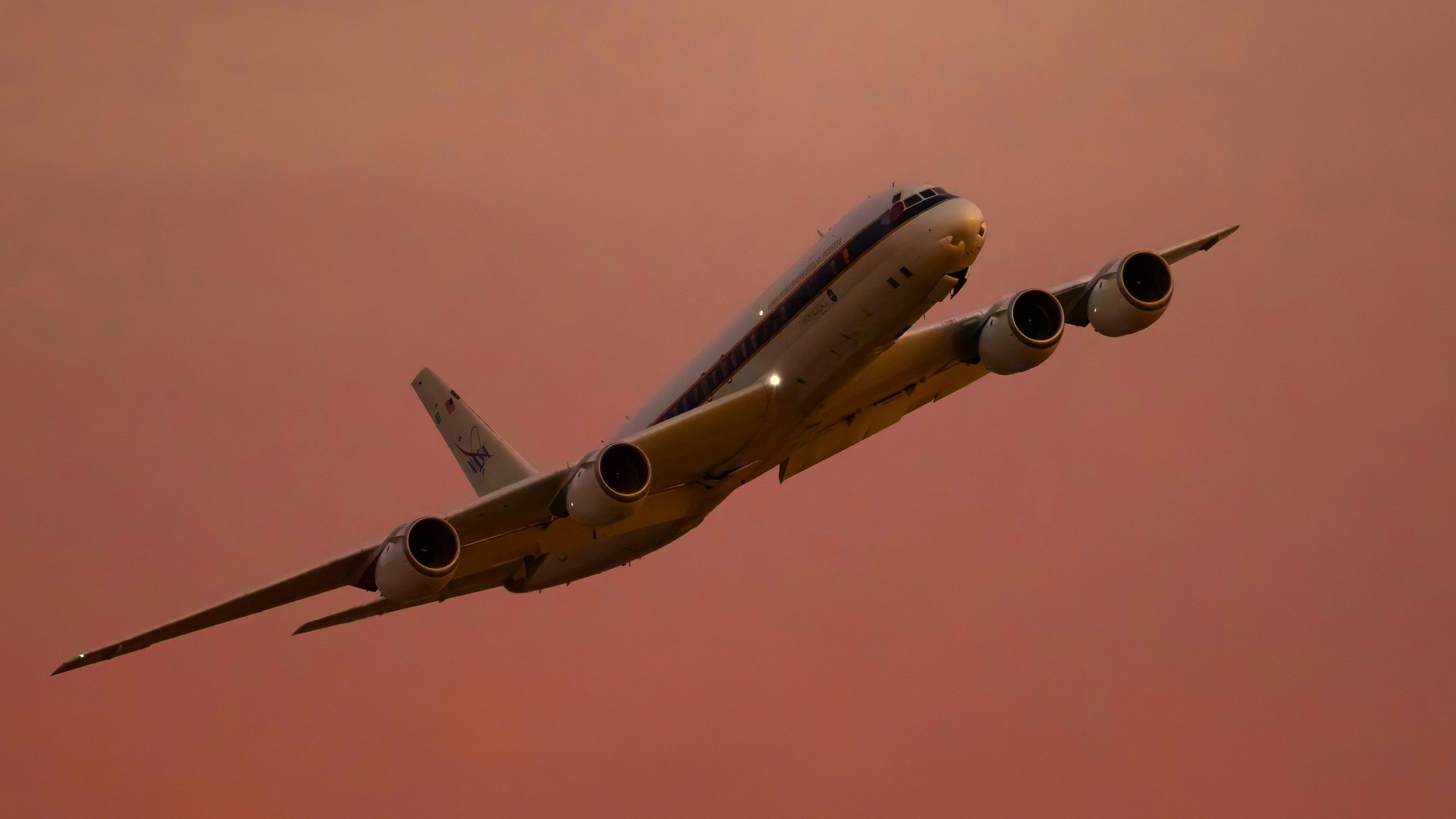Summary
- The Boeing 747-8 has a cruising speed of Mach 0.86, making it one of the fastest commercial jets in history.
- While the A380 is bigger, it has a slightly lower cruising speed than the 747.
- The Boeing 707 and DC-8 were capable of flying at impressive speeds and outpaced older quadjets.
The Boeing 747 is arguably one of the most iconic aircraft to grace the skies. While nearing the end of its age, the jumbo is still an important part of many airline fleets, like Lufthansa and Atlas Air, which are the largest operators of the passenger and cargo versions.
Despite its sheer size, the Boeing 747 can achieve remarkable speeds. In this article, we will examine how the jumbo's cruising speed stacks up against other modern quadjets like the Airbus A380 and older models like the Boeing 707 and Douglas DC-8. The various 747 variants have different speeds, so we will focus on the 747-8, the newest and largest variant in the family.
How fast is the Boeing 747?
The historical jumbo jet was more known for its capacity and size than its speed. However, it is a fast aircraft that has broken many records throughout its history. Last year, there were emotional scenes at Boeing's Everett factory when the manufacturer rolled out the last production 747. It was delivered to cargo carrier Atlas Air, which gave the Queen of The Skies a proper sendoff with a memorable tribute.
The earliest variant, the 747-100, was rolled out in 1968 and first delivered to Pan Am in 1969. This aircraft had a cruise speed of 594 mph. The American aircraft manufacturer's latest passenger 747, the -8I variant, took its first flight in March 2011, over a year after the 747-8F. The freighter variant entered service in October 2011 with Cargolux, while the passenger version entered service with Lufthansa in June 2012. According to Boeing, the 747-8 has a cruise speed of Mach 0.86 (570 mph) at 35,000 ft.
Want answers to more key questions in aviation? Check out the rest of our guides here.
Boeing 747 vs Airbus quadjets
Airbus A380
Before the A380, the 747 was the world's largest passenger aircraft. The introduction of the A380 in 2005 gave birth to a new era in widebody travel, with the aircraft having a maximum certified capacity of up to a whopping 853 passengers. While the A380 is bigger, it does not cruise as fast as the 747. Meanwhile, the A380 has a cruise speed of Mach 0.85 (564 mph).
In 2022, an Airbus A380 managed to go supersonic, breaking the sound barrier during a test flight. As reported by Aerotime, the aircraft, registration A6-CJE, had spent about two years in storage before being reactivated by Emirates. The test was successful, with the superjumbo reaching maximum speed at cruise altitude.
However, after the test, the A380 began to dive and picked up speed until it broke the sound barrier at 33,000 ft. The superjumbo reached a maximum speed of 745 mph, nearly 93 mph faster than the speed of sound at that altitude.
Airbus A340
The Airbus A340 took its first flight in October 1991 and entered commercial service in March 1993 with Lufthansa and Air France. The type was not very popular and remains in service with only a few carriers. It has a cruise speed of around Mach 0.8. The aircraft is powered by four Rolls-Royce Trent 500 turbofan engines with 57,000 pounds of thrust each.
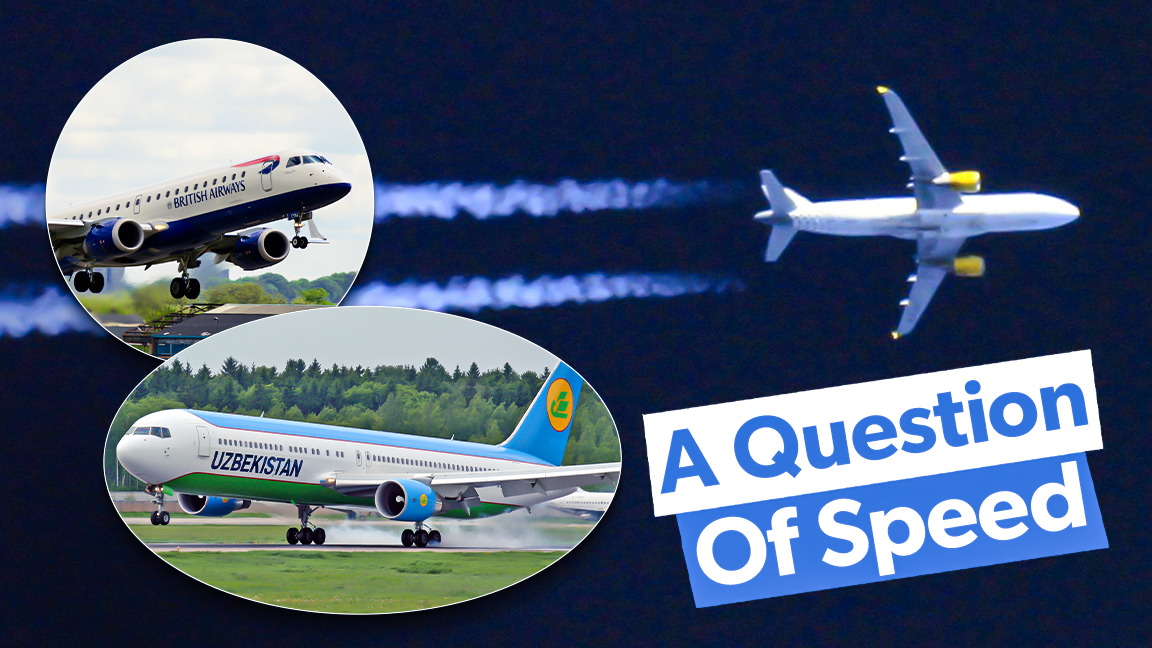
How Fast Does An Airplane Go In The Different Stages Of A Flight?
From take-off to touchdown, we look at all the speeds in between.Boeing 747 vs Concorde
It is quite obvious who wins this category, as Concorde is already famous for being the world's fastest passenger jet in history. The aircraft was powered by four Rolls-Royce/SNECMA Olympus 593 engines, each producing 38,000 lbs of thrust. It had a takeoff speed of 250 mph and could maintain a cruising speed of Mach 2.0 up to 60,000 ft (1,350 mph).
Its four powerplants took advantage of 'reheat' technology, adding fuel to the final stage of the engine, producing the extra power required for takeoff and the transition to supersonic flight. Concorde does, of course, hold the record for the fastest-ever commercial transatlantic crossing. On February 7th, 1996, it completed a flight from New York JFK to London Heathrow in 2 hours 52 minutes and 59 seconds. Concorde also had the following specifications.
|
Capacity |
100 passengers |
|
Range |
4,143 mi (6,667 km) |
|
MTOW |
408,000 lbs (185 tonnes) |
|
Wingspan |
83 ft 8 in (25.5 m) |
|
Length |
203 ft 9 in (62.1 m) |
Love aviation history? Discover more of our stories here
The Boeing 747 vs older quadjets
As airlines are now opting for more modern and efficient twinjets, the quadjet era is slowly ending. Four-engined jets are becoming increasingly rare at airports worldwide. However, they were once the backbone of long-haul transcontinental travel. In fact, the world's first jetliner, the de Havilland Comet, was powered by four engines.
The aircraft made its first flight on July 27th, 1949, and entered commercial service with BOAC on May 2nd, 1952. Other manufacturers began developing quadjets, so the world has seen some iconic four-engined jetliners over the years. Other examples include:
|
Aircraft |
First flight |
|---|---|
|
Boeing 707 |
December 1957 |
|
Douglas DC-8 |
May 1958 |
|
Convair 880 |
January 1959 |
|
Vickers VC10 |
June 1962 |
|
Ilyushin II-96 |
September 1988 |
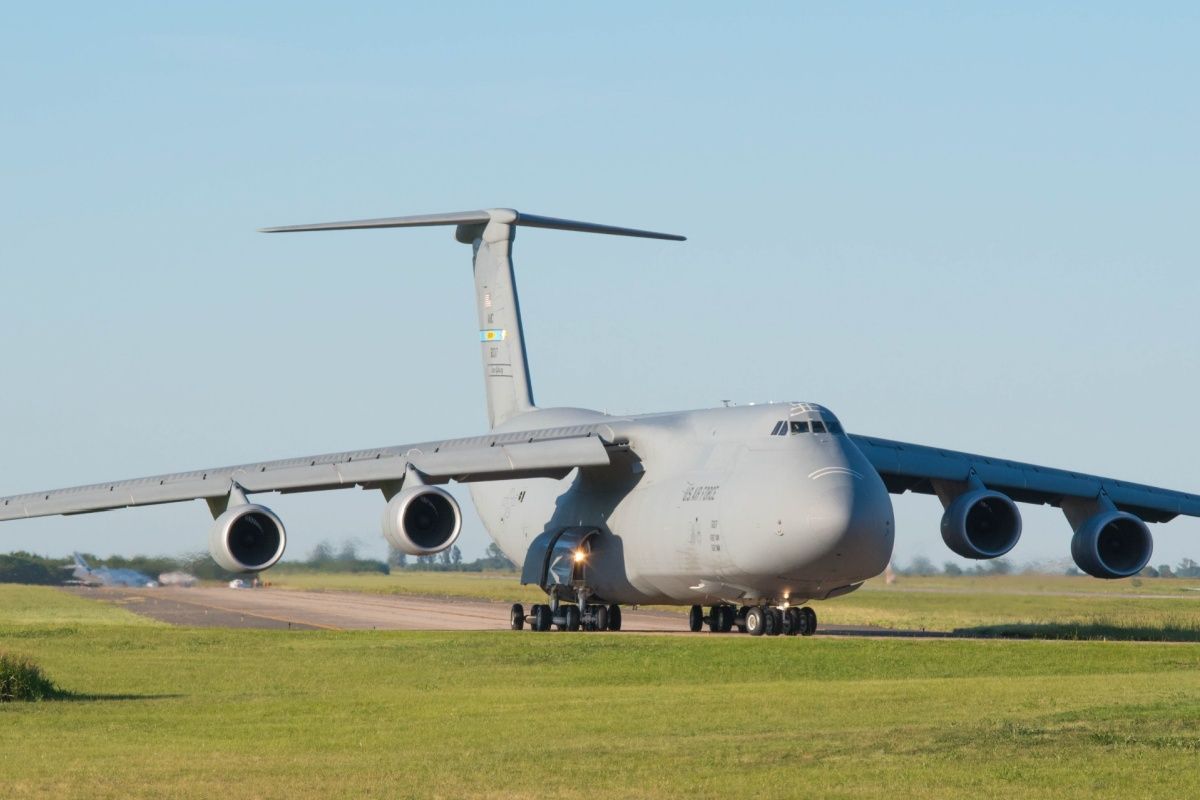
Defense Quadjets: Top 5 Military Planes With 4 Engines
Many military aircraft (especially transport aircraft) have four engines and these are among the largest military planes today.As a more modern aircraft featuring several technological advancements, the Boeing 747 is much faster than some older quadjets. According to NASA, the de Havilland Comet 1A was designed to cruise at Mach 0.74 at 35,000 ft (490 mph). The Boeing 707, on the other hand, had a maximum cruising speed of 593 mph (Mach 0.87) at 30,000 ft.
The DC-8 series had a similar cruising speed: Mach 0.87 at 30,000 ft (596 mph). However, on August 21st, 1961, a Douglas DC-8 went supersonic while performing a test flight to collect data on a new wing design. The aircraft, registration N9604Z, climbed to 50,090 ft near Edwards Air Force Base. It went into a dive and reached a speed of Mach 1.012 (668 mph) while descending through 41,088 ft.
The Convair 880, known for its speed, was developed to compete with the Boeing 707 and Douglas DC-8. Its four General Electric CJ805-3B engines and narrow and short fuselage helped it become the fastest commercial quadjet until the introduction of the 747 and later Concorde. The Convair 880-22-M had a cruise speed of 586 mph.
What are your thoughts on this story? Please let us know in the comments!

